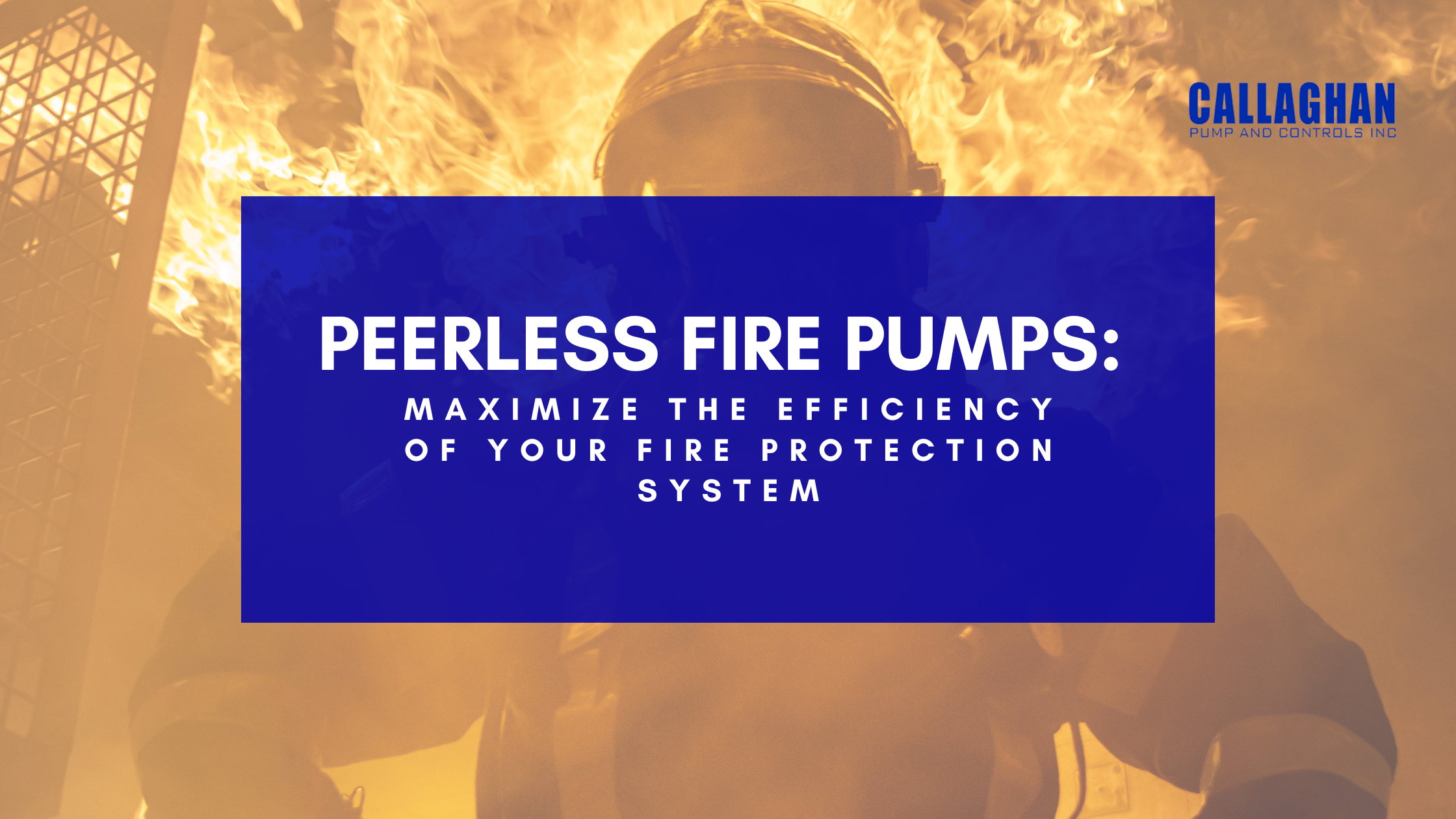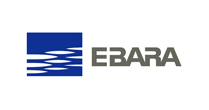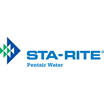
May 15th, 2023
Fire pump systems are one of the essential parts of any fire protection system, especially in high-rise buildings. Their job is to boost the water pressure when the water source cannot provide adequate pressure to the fire protection system. Let’s discuss the importance, working, and types of peerless fire pumps.
Fire pumps maintain the required water pressure throughout a fire protection system. In the event of a fire, they get activated to provide the necessary water pressure to fire sprinkler systems. Fire pump pressure relief valves are usually used when the available water pressure is not enough to meet the demand of the fire protection system to work effectively.
Fire pumps boost the available water pressure and flow rate in a building’s fire protection system. Electric motors, diesel engines, or steam turbines power them. These pumps are designed to operate automatically in the event of a fire.
When a fire breaks out, the water pressure in the fire protection system drops and triggers the fire pump to start. Water is usually drawn from a storage tank and is pumped into the fire protection system. The fire pump increases the water pressure to ensure the sprinklers and other fire-fighting equipment function properly.
Peerless fire pumps are installed in a dedicated pump room, which is protected against fire and smoke to ensure that the fire pump remains operational in a fire emergency. These pumps are equipped with the necessary ventilation and drainage systems close to the water supply source.
Fire pumps are used in fire protection systems to provide a reliable water supply and pressure to fire sprinklers. They are most commonly used in high-rise buildings where the municipal water supply may not provide enough pressure to reach the upper floors.
Another application includes industrial plants like refineries and chemical plants with specialized fire protection systems that require high water pressure to extinguish fires involving flammable liquids and gases. Fire pump pressure relief valves ensure these systems operate effectively in a fire.
You need to know two main fire pump categories: positive displacement pumps and centrifugal pumps. The role of positive displacement pumps is to trap a fixed amount of water between two moving parts and then force it through the system. They are best for high-pressure applications, such as smaller buildings.
On the other hand, centrifugal pumps work by using a spinning impeller to boost the water pressure. They are best for larger buildings or facilities, such as hospitals, schools, etc. In addition to that, there are also two subtypes of centrifugal pumps. The first is end-suction, which is used for smaller applications and has a single impeller. The other one is split-case, which is used for larger applications and has two impellers.
There are several considerations when looking for the right fire pump for your building. For example, you will need to consider the size of the building, the fire protection system, the available water supply, and the local building regulations. Ensure you work with a qualified fire protection engineer to ensure that the correct pump is selected for your specific needs.
Also, it’s essential to ensure that the fire pump is regularly maintained and fire pump performance tests are carried out to ensure smooth pump operations during a fire emergency. Here, regular maintenance would help you identify any potential issues before they become major, extending the life of the fire pump.
Peerless fire pumps play a critical role in ensuring fire safety in high-rise buildings. They provide the necessary water pressure to extinguish fires in buildings. These pumps come in different types and sizes, so selecting the right pump for your specific needs is important. Regular maintenance and fire pump performance tests are also essential to ensure that the fire pump remains operational in an emergency.
Call us today if you have questions about fire pump pressure relief valves.
john@callaghanpump.com,
eileen@callaghanpump.com,
dan@callaghanpump.com,
sales@callaghanpump.com,
service@callaghanpump.com












